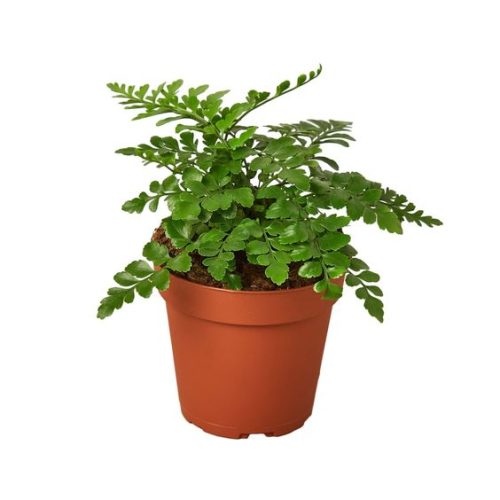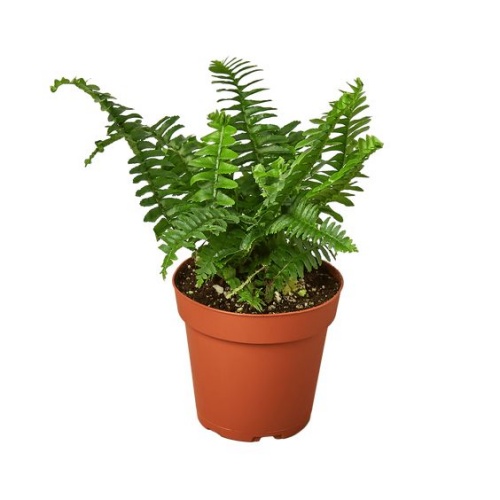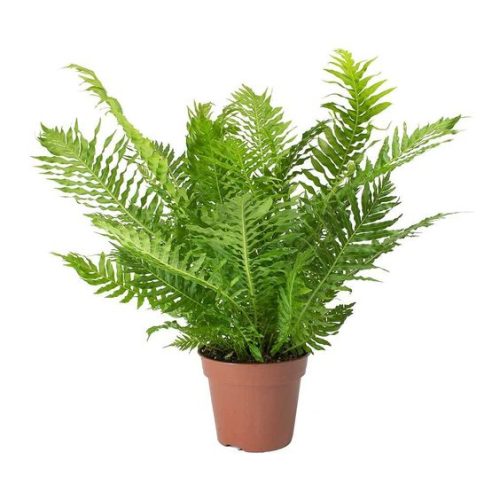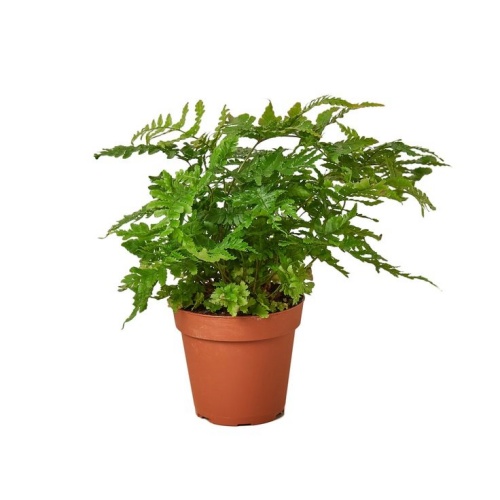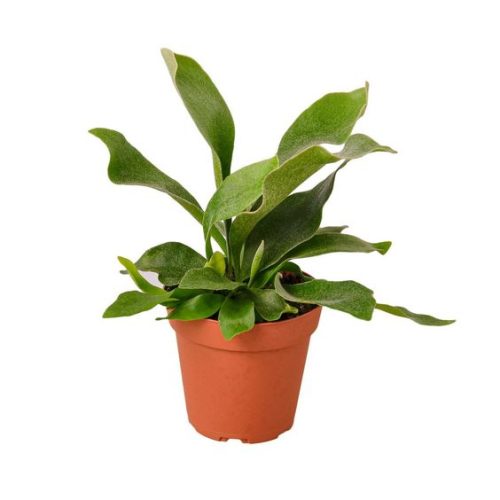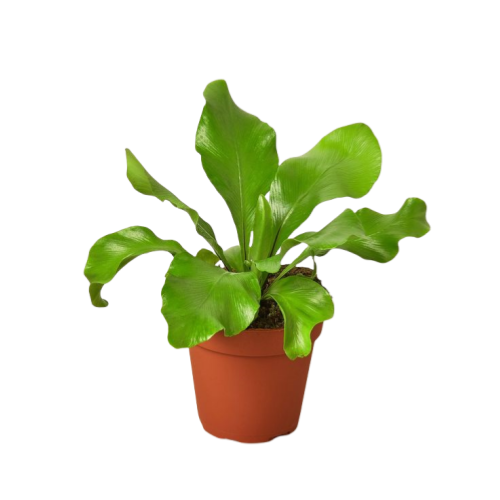Subhorn fern
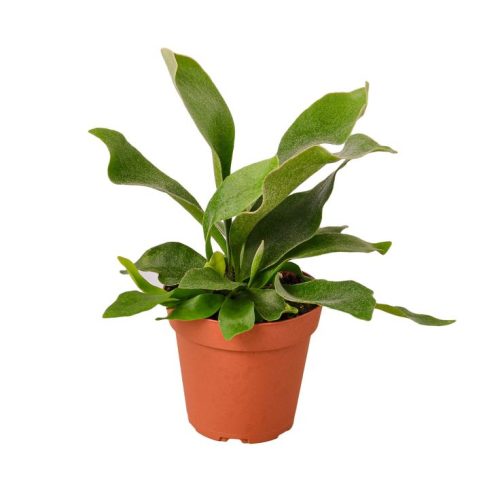
- Botanical Name:
- Family Name:
- Kakau:
- Te pāmahana:
- Others:
Tirohanga whānui
Whakaahuatanga Hua
Staghorn Ferns: Nature’s Antlered Interior Designers
The Staghorn Fern – Origins and Morphological Characteristics
Tuhinga o mua
Staghorn Fern, scientifically known as Platycerium bifurcatum, is native to the eastern regions of Australia, where it thrives in damp and sheltered areas of forests. This fern species is named for its distinctive antler-like fronds, which fork dramatically into multiple branches, echoing the majestic appearance of a stag’s antlers.
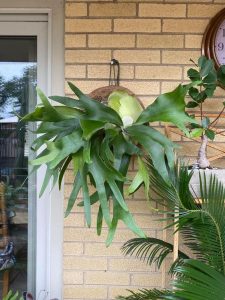
Subhorn fern
Morphology of Spaghorn Fern
Tuhinga o mua Subhorn fern are large, leathery, and uniquely shaped, setting them apart in the fern family. They typically grow in clusters, with new fronds emerging from the center, gradually increasing the plant’s size. The fern’s morphology is not only visually striking but also an adaptation to its environment, allowing it to flourish in conditions where moisture is plentiful but light is filtered through the forest canopy.
He huruhuru i roto i nga atarangi me te puranga o te makuku
Te mahi me te tiaki i te Franch Fern
Ko nga putiputi putiputi (ko te playcecerium SPP.) Ko te epiphytes taketake ki nga rohe tuawhenua me nga rohe iti, e mohiotia ana mo o raatau mea nui, antler-rite nga putiputi-rite. He whakaritenga motuhake enei wahie ka tae mai ki o raatau tipu tipu, tae atu ki:
Nga whakaritenga rama
Staghorn Ferns prefer bright, indirect light. They are accustomed to growing in the dappled shade of forests, where sunlight is filtered through the canopy. Direct sunlight can scorch their large, delicate fronds. Therefore, it’s ideal to place them in a location that receives plenty of natural light but is shielded from the harshest rays of the sun. In indoor settings, a north or east-facing window is often suitable.
Nga matea makuku
Ko enei Ferns e tupu ana i roto i te taiao makuku, i te mea kua whakauruhia ki nga tikanga makuku i roto i to raatau kaainga taiao. I roto i te ngahere, ka uru ratou ki te makuku mai i te hau me te tomairangi, hei taapiri i te ua. Ki te tarai i tenei, kia mau ki te taumata haumākū o te takiwā o te 50-60% teitei ake ranei. Ma te whakamahi i te paepae kiri, te whakawhiwhi i te tipu i nga wa katoa, me te whakanoho ki roto i te kaukaukau me te hautai ka taea te awhina i te makuku e tika ana.
Te kowhiringa o te oneone
Kaore e hiahiatia ana e Showhorn te oneone i roto i te tikanga tuku iho, na te mea hephytic ratou me te tipu haere i runga i te kiri rakau, i etahi atu mea tipu ranei i to raatau taiao taiao. Mo te maara, ka taea te eke ki nga papa o te kiri, ka tipu ranei i roto i te whakaranu pai e whakaheke ana i o raatau kaainga taiao. Kei roto i tetahi papaa whanui te Humus, Perlite, me te muka oko, te whakarato i te waipuke me te wa e pa ana ki te pupuri i etahi makuku. A ape i te whakamahi i te oneone kohua i ia wa, na tenei ka taea e tenei te pupuri i te nui o te wai ka arahi ki te pirau pakiaka.
Ko te maarama me te tuku korero i enei tikanga taiao he mea nui mo te tiaki angitu o nga fighorn Ferns, me te whakarite kia ora tonu ratou, kia mau tonu ai to raatau ahua, ahua.
Ki te hoahoa i roto i te whare o roto he nui te botanical me te hae
Ko te toa me te tohu whakapaipai o te fakaaka
Ko nga putiputi putiputi, me o raatau toa-antrizent he waahi motuhake i roto i nga ngakau o te hunga hihiri me nga kaitakaro o roto. Ko enei utu ehara i te tipu noa; He mea ora ratou e mau ana i nga paanga o te hunga tauhou me te paru o te koraha ki tetahi waahi.
E miharo ana mo to raatau ahurei
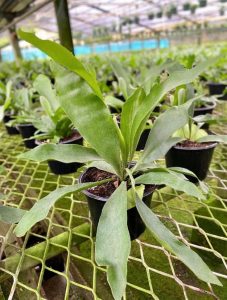
Subhorn fern
Ka kumea nga tangata ki te ahua o te ferns mo to raatau ahurei me te ahua whakaari. Ko nga otaota, he marau me te peka i roto i te ahua o nga kaiwaiata o te st, me te tuku i tetahi waahanga whakamiharo e huatau ana me te maia. Na tenei ka tiimata te korerorero i roto i tetahi ruma, he tipu e rite ana ki te nui o te whakapaipai i te mea he kaiahuwhenua ora.
Nga waahanga whakapaipai
The Staghorn Fern’s decorative prowess lies in its ability to blend seamlessly into a variety of aesthetic themes, from tropical and jungle-inspired settings to minimalist and modern decor. Their large, architectural leaves can serve as a focal point, anchoring the look of a room and adding a layer of depth and texture that is hard to replicate with artificial decor.
Pūkenga i roto i te hoahoa
Ko enei Ferns he pukenga kei roto i to raatau waahi, ahakoa e whakanohohia ana i runga i nga tohu hei whakaatu i to raatau tauira tipu tipu ranei i roto i nga kete whakairihia hei hanga i tetahi huanga. Ka taea e to raatau aroaro te whakarereke i te pakitara maamaa ki tetahi kopuku ora, ka taapiri ranei i te paoa o te kauri ki te papa, i te teepu ranei.
Ataahua me te aroha noa
Ko te ataahua o te soghorn ferns kaore e taea te karo. He aroha noa to ratou ngoikore i te 硬朗 的 线条 of a-ao hou, e whakarato ana i te tino pai me te marino. Ko o raatau tino ataahua e whakakii ana i te maha o nga papatae tae me nga taonga, hei painga mo nga kaihoahoa me nga kaainga kaainga e rapu ana ki te whai i o raatau waahi me te koiora me te ahua.
In essence, the Staghorn Fern is more than just a plant—it’s a statement of taste and a testament to the beauty of nature’s diversity. Its unique form and decorative appeal make it a beloved addition to homes and offices, offering a living piece of art that enhances any environment with its presence.





